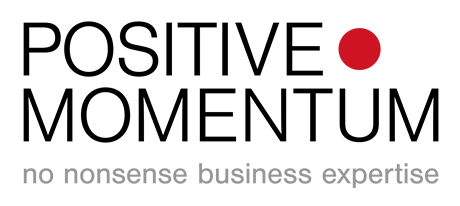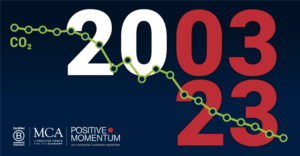It happens to the best of us.
You set (or are given) ambitious targets that you hope with every fibre of your being will be achieved and yet as you enter a new year, Q4, H2 (or wherever you are in your year) you, your team, your region or in the worst case your whole business is lagging behind the budget you expected – or have promised to the market/your PE owner/the bank manager.
Panic starts to set in. Pipeline reviews become ever more frequent and fevered. New dashboards are concocted on whatever CRM system you are lumbered with use. No-fly, no-taxi, no-coffee rules are put in place to ensure that at least the profit number is hit despite the top line revenue “challenges”.
Excuses start to abound. Trade wars, Brexit, shift in client preferences, poor performance of new products, marketing not producing enough quality leads, aggressive competitors, lack of pre-sales resources, the dog ate my homework, etc, etc.
Whilst I know how tough the market is everywhere for everyone right now, some of the more recent excuses do make me smile. I started selling in 1990. Two years later I was in a clients office trying to get them to sign a lease agreement for some office equipment whilst on the portable TV in their office they watched the then UK Chancellor explaining we were crashing out of the ERM with interest rates at 15%! I didn’t get a signed agreement that day…
So what to do when/if the under-performing malaise falls upon you?
Get out in the market more. Do things that turbo boost your visibility. Double your call/meeting rate. Stop sweating over every individual key account deal or prospect and instead throw another log on the fire. In fact throw a whole tree worth of logs on the fire!
Too many companies spend too much time trying to cleverly work out exactly who has the greatest propensity to purchase their stuff and in doing so miss market opportunities entirely.
I’m well known for being an activity junkie but I completely understand why some sales leaders resist my ever-so gentle overtures in this regard. Having sales teams spinning their wheels on calls or meetings where there is no immediate opportunity feels futile, maybe even a bit dumb and old fashioned in this data insight oriented age. I get it. It’s not the only answer. But it does tend to be the underpinning of every other clever idea you might have cooked up.
Sales activity in any B2B environment is like a flywheel in a machine.
Once in motion, with enough momentum behind it and assuming an at least half decent product, sustained performance comes at a constant rate of effort. However, shifting a slowing flywheel will require a big spike of extra effort to get it back to the same rate as before.
We’re all creatures of habit. Shifting a salesperson to greater effort will challenge their habitual pattern of behaviour and therefore will likely result in (possibly grumpy) resistance to whoever is demanding the increase in activity. That’s why sales leaders are so necessary – and great ones are invaluable. Their principal function is to keep that flywheel consistently turning.
Of course how well extra activity converts to customer commitments is the key factor and activity conversion is a metric that simply every commercial leader should have front and centre on their dashboard.
Too many sales leaders (and quite a few CRM platforms by default) measure opportunity conversion, an entirely spurious measure imho that I’ve never truly understood though for reasons unknown is always supposed to be 3:1! I don’t care how well you think your criteria for calling something an ‘opportunity’ is understood, I will still bet that your pipeline is riddled with entries that were either never really an opportunity at all or have long since stopped being anything even close to an opportunity…
So what happens to (real) conversion rates when you push activity up? Well, of course they get worse – but with really effective sales leaders not forever. All that new activity offers gifted sales leaders far greater opportunities to deliver proper coaching based on live observations and that’s where they really become worth their weight in gold.
Determined sales leaders push through the Conversion Curve zones of Resistance and Doubt and are rewarded with growth on the y axis.
As for the x axis, how long this all takes depends to some extent on the average length of your sales cycle – but mostly on how well you can keep the faith. In the end whether you get back to your original level of conversion will likely not matter since a say doubling of activity with a 10% worse conversion rate will still give you great growth.









